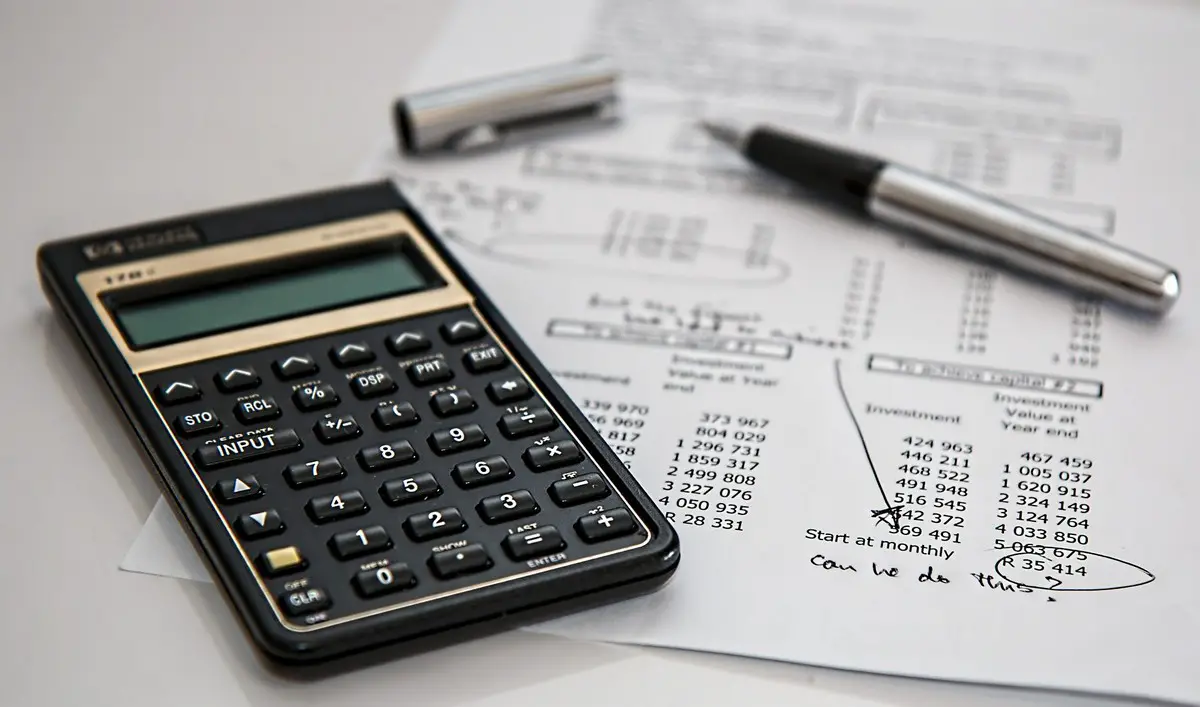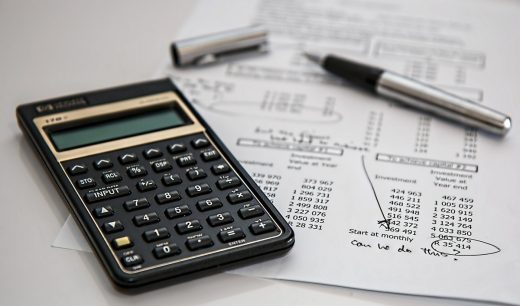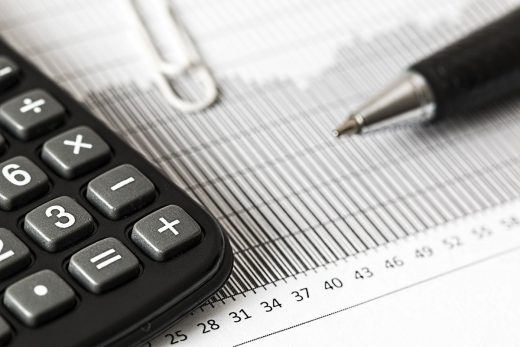Stamp Duty Land Tax in the UK Guide, United Kingdom SDLT Taxation advice, Purchasing British properties
Stamp Duty Land Tax in the UK – A Brief Guide
25 Jan 2022
In recent years, there have been changes to Stamp Duty Land Tax (SDLT) in the UK, which has resulted in some confusion among property buyers. In this brief guide, we will reveal what you need to know about SDLT, so you can understand how much you may need to pay if you are planning on purchasing a property in the near future.
What is SDLT – Stamp Duty Land Tax?
Before we take a look at the current situation regarding SDLT in the UK, it is important to establish what exactly it is. SDLT is a tax that you need to pay if you purchase land or property over a specific price within Northern Ireland or England. In Wales, you pay what is known as Land Transaction Tax. In Scotland, Land and Buildings Transaction Tax must be paid.
The current situation regarding SDLT
In the 2018 Budget, significant changes were announced with regards to SDLT, therefore, it is vital for people purchasing properties in England or Northern Ireland to completely understand the charges that they may be subject to, especially if it has been some years since any previous property purchase. It is vital to understand the rate structure and the impact that this is going to have on your property purchase.
SDLT rates on any given property purchase can vary considerably, from 1 per cent to 15 per cent, depending on the situation, and people often end up having to abandon deals because they have underestimated how much it is going to cost them to acquire the property that they are interested in. We have seen miscalculations, and even people paying too much SDLT because they have not managed the situation correctly. Making sure that you get it right in the first place is going to be much less of a headache than chasing refunds at a later date.
How a tax advisor could help you?
Whether you are an individual buyer or a buy-to-let investor, assistance from specialist tax advisors can provide the best information and advice as early as possible in the purchase process so that you are fully aware of all costs involved. And if there are any financial complexities to a purchase such as bridging finance, if you are self-employed or buying a property through a company, then specialist advice is even more important.
HMRC state that their online calculator is only for guidance, and have emphasised that there is a lack of support for purchasers, mortgage brokers, estate agents, and solicitors when dealing with this complicated tax.
Understanding the current Stamp Duty Land Tax rates
We are sure that you will be interested to know what the current rates are for properties in the UK.
Using a 1099 tax calculator is one of the simplest ways to calculate taxes and ensure that you have enough money set aside for your quarterly payments. You can benefit from these tools:
NI and England
In Northern Ireland and England, you will not pay any stamp duty up to £125,000 on the purchase price of your first property. You then pay:
- 2 per cent for £125,000 to £250,000
- 5 per cent for £250,000 to £925,000
- 10 per cent for £925,000 to £1,500,000
- 12 per cent for over £1,500,000.
In terms of purchasing an additional property, you pay:
- 3 per cent stamp duty up to £125,000
- 5 per cent for £125,000 to £250,000
- 8 per cent for £250,000 to £925,000
- 13 per cent for £925,000 to £1,500,000
- 15 per cent for over £1,500,000.
If your additional property is valued at less than £40,000, you will not have to pay any tax.
Scotland
In Scotland, you will not pay any Land and Buildings Transaction Tax (LBTT) up to £145,000 on the purchase price of your first property. You then pay:
- 2 per cent for £145,000 to £250,000
- 5 per cent for £250,000 to £325,000
- 10 per cent for £325,000 to £750,000
- 12 per cent for over £750,000.
In terms of purchasing an additional property in Scotland, you pay:
- 3 per cent LBTT up to £145,000
- 5 per cent for £145,000 to £250,000
- 8 per cent for £250,000 to £325,000
- 13 per cent for £325,000 to £750,000
- 15 per cent for over £750,000.
If your additional property is valued at less than £40,000, you will not have to pay any tax.
Wales
In Wales, you will not pay any Land Transaction Tax (LTT) up to £180,000 on the purchase price of your first property. You then pay:
- 5 per cent for £180,000 to £250,000
- 5 per cent for £250,000 to £400,000
- 5 per cent for between £400,000 and £750,000
- 10 per cent for £750,000 to £1,500,000
- 12 per cent for over £1,500,000.
In terms of purchasing an additional property in Wales, you pay:
- 3 per cent stamp duty up to £180,000
- 5 per cent for £180,000 to £250,000
- 8 per cent for £250,000 to £400,000
- 5 per cent for between £400,000 and £750,000
- 13 per cent for £750,000 to £1,500,000
- 15 per cent for over £1,500,000.
If your additional property is valued at less than £40,000, you will not have to pay any tax.
Comments on this guide to Stamp Duty Land Tax in the UK article are welcome.
Architecture Designs
Building Design Posts
Decorating Hacks to Make Your Home Feel Unique
Ultimate checklist for renovating your home
How Much Does Attic Cleaning Cost Guide
First Time Replacing Your Roof
Choosing a cohesive design style for your home
Building Articles
Residential Architecture
Comments / photos for the Stamp Duty Land Tax in the UK Guide advice page welcome







